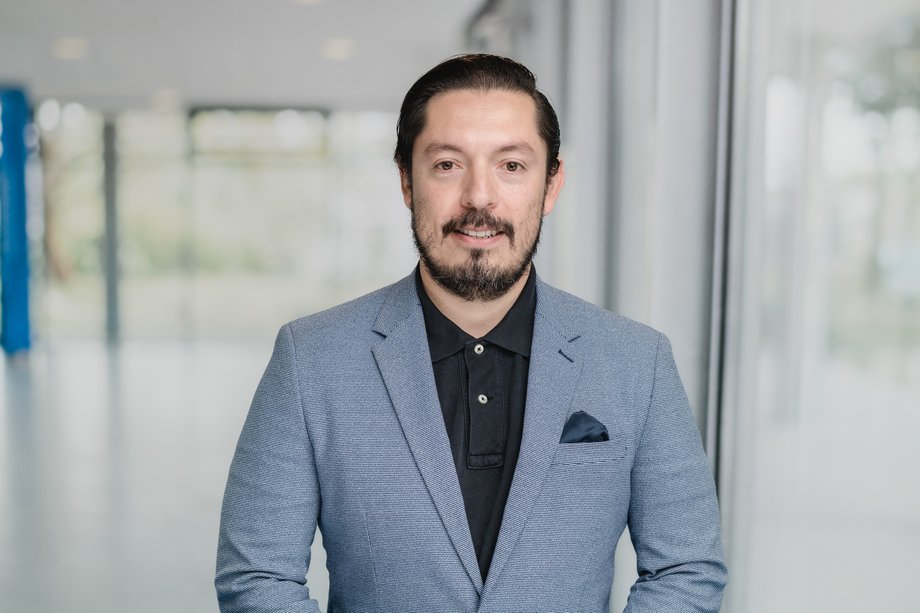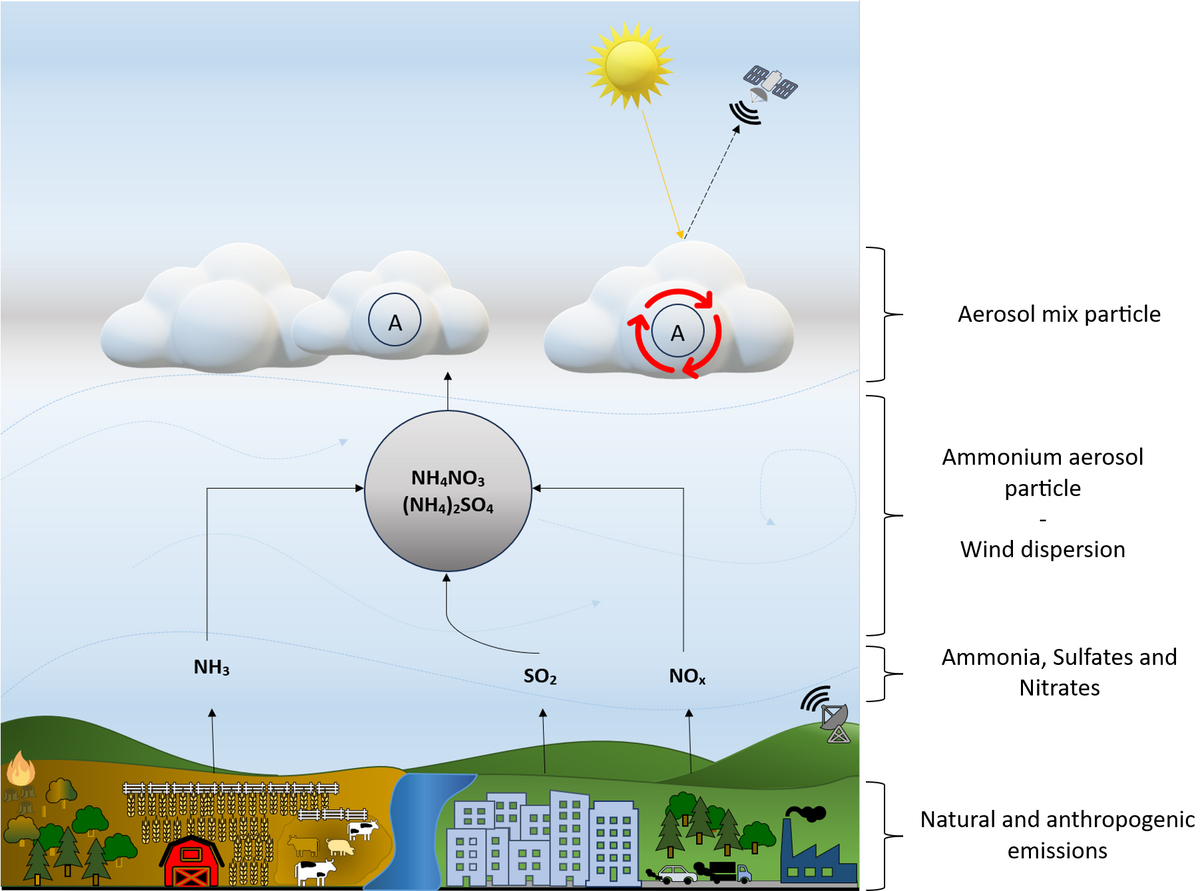PhD Student
Christian Saravia
Campus Nord, LG 4/3, EG, Raum 2.18
Curriculum Vitae
2023-Currently Doctor of Philosophy (Ph. D.) student in Environment and Resources Management (ERM), Brandenburg University of Technology Cottbus-Senftenberg.
2015-2020 Master in Science (M. Sc.) in integrated water resources management, Escuela Regional de Ingeniería Sanitaría (ERIS), Universidad de San Carlos de Guatemala (USAC), Guatemala.
2016 Postgraduate studies in environmental management, Centre for International Postgraduate Studies of Environmental Management (CIPSEM), Technical University Dresden.
2007-2008 Postgraduate in ISO quality assurance, University of Galileo, Guatemala.
2002-2008 Bachelor in Science (B. Sc.) in Industrial engineering, University of Galileo, Guatemala.
Forschungsschwerpunkt
- spatial and temporal distribution of ammonia (NH3) emission and their contribution to secondary atmospheric aerosol particles in Brandenburg Germany
- satellite-based Earth observation, ground-based in-situ aerosol particle measuring, aerosol optical depth (AOD), air quality, dispersion model, atmospheric boundary layer, and climate change.
Ammonia (NH3) is a very reactive important gas, has a widespread impact related to air pollution, visibility, climate change, acid deposition and eutrophication. The primary source of global NH3 emission are agriculture, urban activities, and wildfires. These emissions undergo atmospheric reactions, transforming NH3 into ammonium (NH4+), therefore is a key precursor to secondary aerosol particle. To comprehend spatial-temporal variability in the distribution of tropospheric NH3 emission source dispersion, and the transformation to secondary aerosol particles, it is essential to employ satellite-based Earth observation, and ground-based in-situ measurement.


